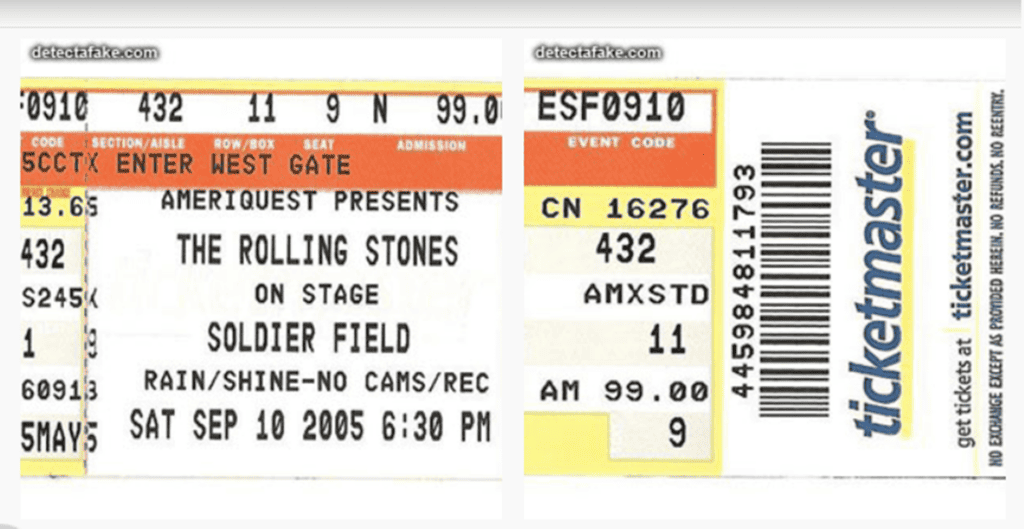How to detect fake Super Nintendo Classic Edition
How to detect fake Super Nintendo Classic Edition: Here’s a quick guide to help you distinguish between an authentic Super Nintendo Classic Edition and a counterfeit. We’ll cover key details to look for, such as printing quality, serial numbers, console weight, wall adapter, HDMI cable, and controller connectors.
| Step | Aspect to Check | Authentic | Counterfeit |
|---|---|---|---|
| 1 | Box Printing and Spelling Errors | High quality, no errors | Low quality, errors |
| 2 | Serial Numbers | Starts with “SU” | Starts with “CU” |
| 3 | Console Weight | Around 190 grams | Lighter than 190 grams |
| 4 | Wall Adapter | Genuine | Fake |
| 5 | HDMI Cable | “Nintendo” printed | No branding |
| 6 | Controller Connectors | Dark gray | Black |
So, you’ve got your hands on a Super Nintendo Classic Edition, a nostalgic trip back to the 16-bit era. But beware, the market is flooded with fakes trying to pass off as the real deal. Don’t fret; we’ve got your back. In this guide, we’ll walk you through some simple yet effective steps to ensure that the SNES Classic Edition you own is the genuine article.
Identifying Fake Systems:
Step 1: Box Printing and Spelling Errors First things first, scrutinize the box. Authentic SNES Classic Editions boast high printing quality with no room for spelling errors. If you spot any linguistic mishaps, it’s a clear red flag. Think of it as the first line of defense against counterfeit trickery.

Pro Tip: Imagine your excitement unwrapping the box, only to find a misspelled “Super Mario.” Authenticity matters, right?
Step 2: Serial Numbers Speak Volumes Now, let’s get technical. Check the serial numbers on both the box and the console. Legitimate units have matching serial numbers starting with “SU.” Counterfeits often break the harmony, initiating with something like “CU.” Consistency is key here.
Picture this: You discover the console of your dreams, but the serial numbers are like mismatched puzzle pieces—time to reconsider.
Step 3: Weighing In on Authenticity Weight matters, even in the gaming world. Genuine SNES Classic Editions tip the scales at around 190 grams. Counterfeit imitations, on the other hand, tend to be lightweight. Hold it, feel it; if it feels off, it probably is.

Consider this: You pick up the console and it feels more like a feather than a piece of gaming history. Authenticity slipping through your fingers.
Step 4: Adapter Authentication Now, turn your attention to the wall adapter. Genuine manufacturers take pride in their creations, and the wall adapter is no exception. If it looks suspect, it probably is. Counterfeiters seldom invest in imitation adapters, so any deviation raises suspicions.

Imagine plugging in your SNES Classic Edition and realizing the power source is as fake as a three-dollar bill. That’s a gaming nightmare.
Step 5: Cable Check – Nintendo Style Moving on to the HDMI cable, genuine systems sport a cable proudly branded with “Nintendo.” It’s a small detail, but it speaks volumes about authenticity. If the cable lacks this mark, you might be dealing with a pretender.
Picture this: You’re setting up your SNES Classic Edition, and the cable screams “Nintendo,” confirming you’re in for an authentic gaming experience.
Step 6: Controller Connectors – Color Code Lastly, focus on the controllers. Authentic controllers have a distinct dark gray color. Counterfeiters often miss this detail, leaving you with black controllers. Spot the difference, and you’ve cracked the code.

Imagine diving into your favorite game, only to find the controllers don’t match the nostalgic shade you remember. Authenticity matters in every detail.
FAQs:
Can fake SNES Classic Editions still play games?
- Counterfeit consoles may attempt to mimic gameplay, but the overall experience is subpar, lacking the quality and support of the original.
Are counterfeit SNES Classic Editions cheaper?
- While they might seem like a steal, counterfeit consoles often come with hidden risks, potentially damaging your gaming experience and collection.
What should I do if I suspect I have a fake SNES Classic Edition?
- Contact the seller and, if necessary, report the issue to the platform where you made the purchase. Genuine sellers will address your concerns.
Can software or packaging be used to identify a fake SNES Classic Edition?
- Yes, genuine software and packaging have specific characteristics that counterfeiters often struggle to replicate.
Are there specific regions more prone to counterfeit SNES Classic Editions?
- Counterfeiting can happen anywhere, but regions with less stringent regulations might see a higher prevalence. Always buy from reputable sources.
In conclusion, navigating the world of retro gaming demands a keen eye for detail. By following these steps, you’ll not only safeguard your gaming experience but also contribute to maintaining the authenticity of classic consoles like the Super Nintendo Classic Edition. Happy gaming!
Visit the best and trusted educational news website for government jobs alert, results, admit cards and studt material updates, The Indian Network for Best Careers (inbc.co.in)



